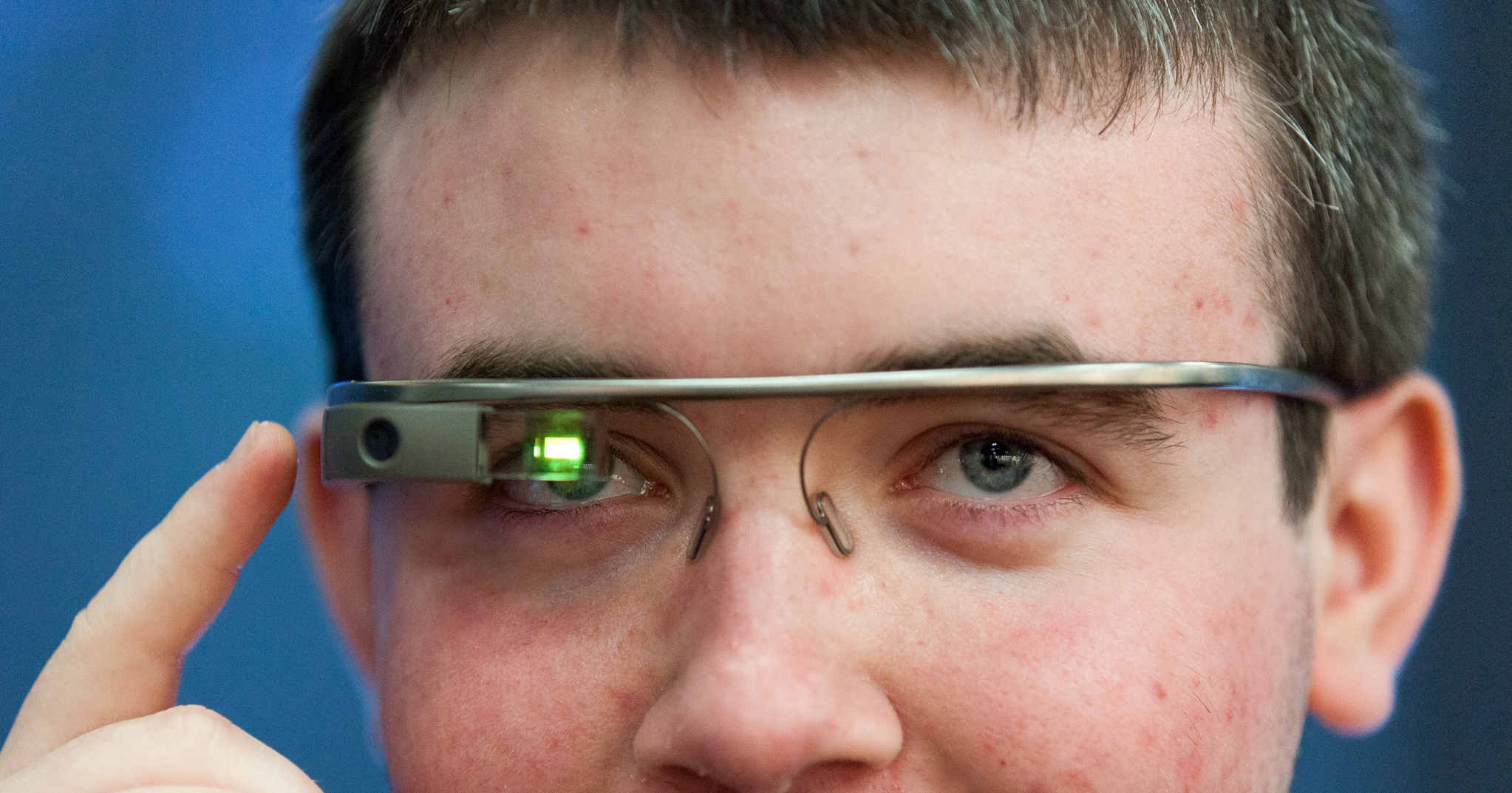Here has recently been a slew of media attention to the possibility of an Apple Watch, and the soon to be released Google Glass. For those not familiar with the Google Glass Project, it is essentially a wearable device that mimics eyeglasses.
The hardware includes Wifi and Bluetooth capabilities (can work with Android and iOS devices), cameras, voice-activation commands, and a heads-up display.
This device will find many uses with the general populace, but what about the healthcare field, what does it mean for medicine?
Imagine several medical scenarios using Google Glass:
- An emergency responder arriving at a motor vehicle accident is able to live stream to the emergency department the status of the patients and the associated trauma suffered to a patient. The ER is then able to assemble and prepare for a patient’s emergency treatment.
- A surgeon live streams to residents and students a live surgery–so that they can see what work goes into a medical procedure first hand.
- A visiting nurse seeing a patient in their own home video records and captures images of the patient’s wound (for which they are caring for) and sends them back to the physician.
- A resident’s physical exam of a patient is streamed back to an attending physician, who can critique their work and make recommendations on questions to ask in real time. This could especially be useful when a resident consultant evaluates a patient while their attending is at home overnight.
- A cardiologist in a cath lab overlays the fluoroscopy as they perform a femoral catheterization for a patient with a recent myocardial infarct.
- A nurse scans the medication they are about to give the patient and confirms the correct drug and right patient by overlaying their patient profile with the person in front of them–possibly stopping a medical error.
- A student brings up their notes and lab reports as they present their patient case to their attending, with data available in real time.
- An oncologist can overlay the MRI scan over a patient, and show the patient and their family where the cancer exists.
- The electronic health record at the hospital is available to caregivers, and able to be updated on major changes in the patients they oversee. For instance, the recent cultures from a septic patient’s wound comes back positive for MRSA and the physician changes their broad spectrum antibiotics to appropriate therapy based upon sensitivities.
- A pharmacist is able to scan medications and verify the proper drugs after comparing the drug with images available in the database, ensuring the right drug is dispensed.
- A physical therapist can see past sessions with a patient from previous recordings, overlaying their current range of motion, identifying changes as well as progression.
- Any healthcare professional could walk up to a patient’s bed and instantly see all their vitals such as pulse, BP, O2 Sats, etc.
Could these be major changes that can be implemented by Google Glass or wearable computers? Let’s face it, medicine is changing. We are heavily involved with real time data to treat patients whose status frequently changes. The ability to utilize tools that can keep us connected and up-to-date may help prevent medical errors. It may also increase efficiency of care, collaboration with fellow providers, help educate new students, and lead to a potential major change in medical practice. No longer do we use the black bag of the 19th century physician, but rather we have graduated to using technology to increase our level of care.
Source: Imedical apps


